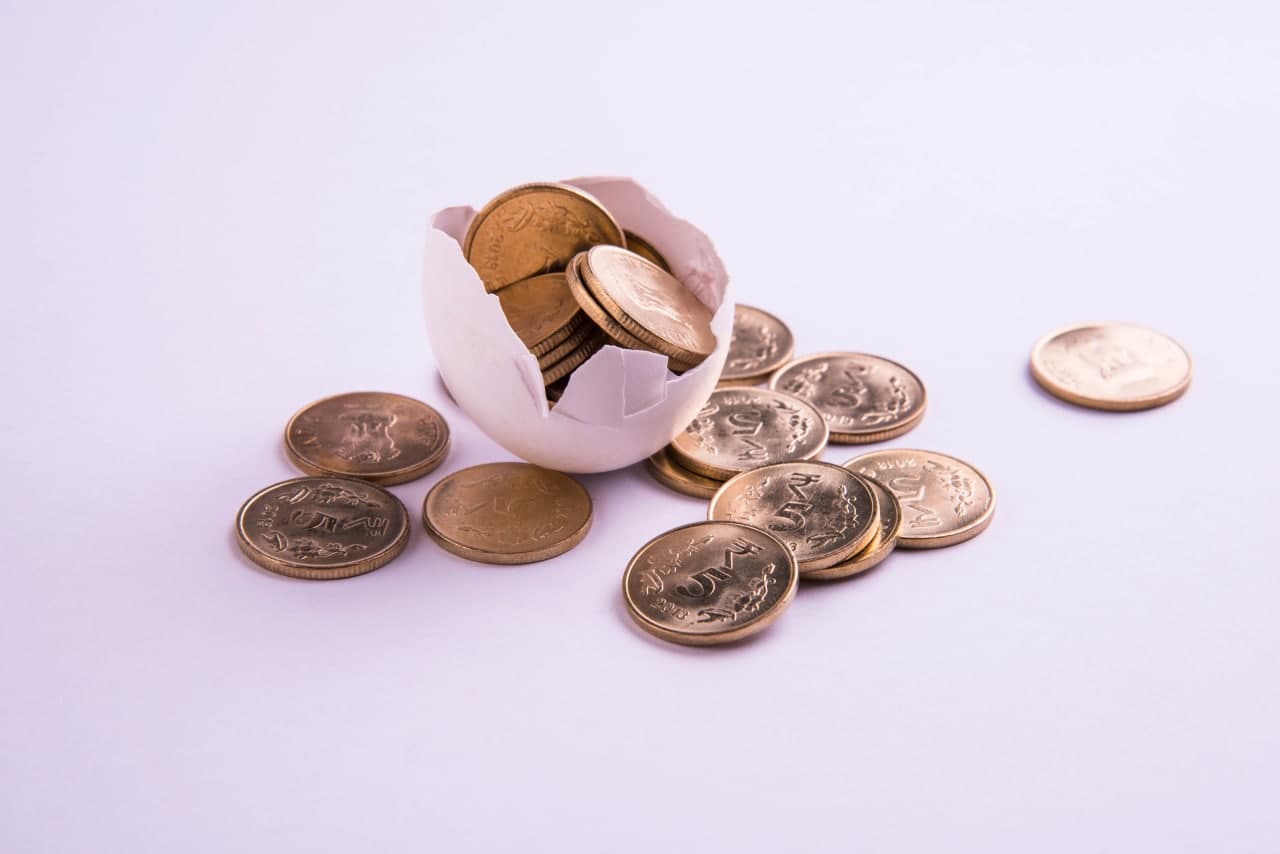During the pandemic, many Canadians have learned how important it is to put some money aside. Some did it the good way. Some, unfortunately, understood it only when their financial stability started to crumble.
According to an FP Canada poll, 39% of Canadian households reported that their bank balances could not support financial emergencies, such as COVID outflows and shutdown.
Moreover, one in three Canadians (32%) indicated that they hardly put any cash aside at the end of each month.
Most people know that they must save for unforeseen costs. The problem is — they just don’t understand HOW they can accomplish it (and are unaware of the amount that they must put aside). They don’t understand that it doesn’t matter how much exactly you will set aside in the first month.
In fact, ”starting” in case of an emergency fund doesn’t even mean “money”. Your first step is understanding and defining your targets.
Defining the Emergency
Defining a situation of emergency might be difficult. What is it? A tsunami? A tornado? An unexpected loss of income source? Let’s first identify what is not included in the “emergency” situations.
One of the most crucial mistakes most people who start creating emergency funds make is… just taking it as… just another wallet for somewhat unexpected situations.
Anyone’s child’s graduation, inability to obtain tickets for a game, being late on one’s Christmas shopping, a once-in-a-lifetime sale at your favorite store are NOT an emergency.
The true crisis comes from nowhere and might leave a person with a significant monetary burden or impede their capacity to live comfortably. That’s an emergency.
For instance, losing a job or a completely ruined basement by a flood has extreme and uncertain outcomes. You need a separate, easy-to-reach (but not tempting-easy) account to get prepared for emergencies.
Selecting a Correct Type of Account
Access to the emergency fund must be fast and convenient, but not so convenient that you can use it anytime.
A perfect emergency fund option is a special savings account that gives higher interest.
You should compare interest rates and costs before you choose an option! If you want to send or make withdrawals quickly, be sure it’s easy.
That’s it — exercising self-discipline or determination is no longer necessary. Redirect a percentage of the wages if the company you work for pays you through bank transfer. Install regular payments to this fund if you deposit your salary manually into the account.
Calculate the Savings You Require
Each family must save adequate cash to fund costs for three months at least, experts say. The number of children living at homes and the level of debt owing, each breadwinner’s future job prospects in unemployment determines the amount to save.
Set the Number of Months to be Covered
The ideal amount of emergency funds should be enough for six months, but personal financial expert Suze Orman recommended a three-year fund for emergencies due to the coronavirus outbreak.
Calculate the Monthly Costs
Add up your usual costs, including your rent or home bills, utilities, automobile payouts, auto insurance, and food, after you decide the period to cover from these funds.
Calculate the Target
Multiply the costs per month by the number of months you desire the funds to last. The resulting value will be the target of savings. An accountant, banker, or credit counselor can be asked for help to stay on track. The Internet has also been flooded with tools for calculating these targets.
You Require Emergency Funds
Considering that the typical Canadian household spends $86,070 per year, an emergency fund for six months must be around $43,035, according to the latest Statistics Canada data. $21,518 would be required to set aside for three months’ costs.
Saving targets of five figures can be overwhelming. A modest amount saved monthly is far better than nothing. Don’t deviate from your plan, whether it’s $1000, $500, or indeed $20 monthly.
Prevent blowing your upcoming large tax refund. Look for a bank that gives a discount to new customers. When you receive a bonus, put money in your savings account.
It is possible to avoid going into debt for unforeseen costs by building a large enough cushion. A new transfer will be within reach, and you won’t have to dip into your retirement fund or sell investments at a loss to meet the cost of joblessness.
How to Grow Your Emergency Fund
Avoid spending money if you wish to increase your savings. Sounds obvious, right?
There are, however, more tricks and small steps for your target here:
- Check your bank statements to figure out where all your money goes.
- Think about reducing or canceling your cable TV subscription.
- Avoid the everyday Starbucks, and commute straight to the office.
- Prepare food at home instead of going out to eat every day.
- You can also use eBay to sell your extra items.
Your old sofa that’s been in the basement for a decade now, if used properly, can save your family’s future from debt one day. All you need to do is turn it into money and put it straight into your emergency fund.
Selling anything completely useless or worthless for an ungodly cheap price works as well — every penny counts when it’s all you have on Day X.
The most important thing about saving money to grow your emergency fund is that there’s no such thing as extra money in an emergency. Even the smallest amounts count.
